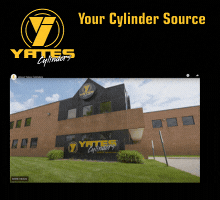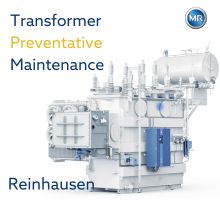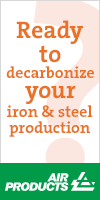ArcelorMittal Develops New Range of Steels for the European Solar Construction Market
09/18/2013 - ArcelorMittal has developed, as part of a research project led by the company’s research and development teams, a range of photovoltaic products based on steel.
For the first time, steel will not only serve as the outer layer of buildings — it will also produce energy. This innovation, which endows steel with new properties, was introduced to assist the evolution of the market towards a model that directly integrates renewable energy sources into buildings, bringing the creation of energy and its consumption under one roof.
The new photovoltaic products — developed as part of a research program involving ArcelorMittal’s research and development teams and the company’s strategic partners — will apply, directly on a steel substrate, semi-conductor coatings which produce electricity via solar radiation.
Steel therefore plays an essential role in the development of more efficient photovoltaic technologies based on thin — so-called ‘second generation’ — layers. This recent development represents a real technological breakthrough, made possible thanks to ArcelorMittal’s expertise in the areas of metallurgy and steel structures for roofing and facades, as well as its knowledge when it comes to the use of vacuum coating technologies to endow steel with optoelectronic properties.
The production of steel solar panels is based on a production process that is more environmentally-friendly compared to solar modules using glass panels.
“I am particularly proud to see that our developments will lead to the creation of such innovative and environmentally friendly industrial solutions,” commented Greg Ludkovksy, VP of research and development at ArcelorMittal.
Thanks to this ecological design, the part of the research program dedicated to roofing — called Phoster — was labeled by the European Commission as part of their LIFE+ programme, which supports the development of the solar energy sector, the reduction of greenhouse gas emissions related to the production of solar panels, as well as promoting recycling.
A prototype of the photovoltaic product will be designed, installed and monitored over a four year period. The Phoster project will demonstrate the feasibility and reliability of generating electricity through steel.



-(220-x-200-px)-(130-x-130-px)-(220-x-200-px).jpg?lang=en-US&ext=.jpg)
.gif?width=200&height=200&mediaprotectionhash=ddb07947ad3b4ab959a83714461eccd5c6895f370695eb035a9ff7aa736f8ad9&ext=.gif)





